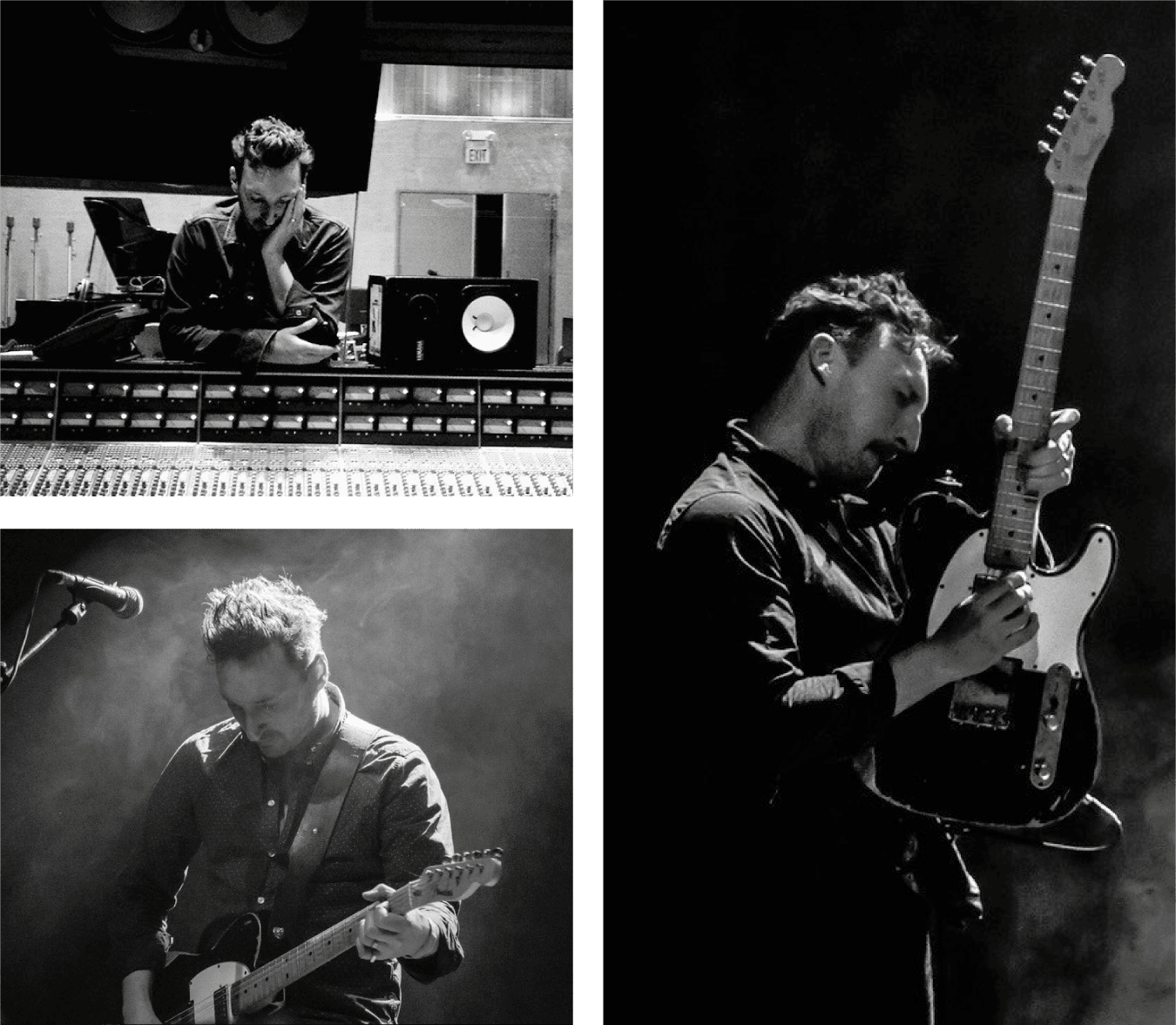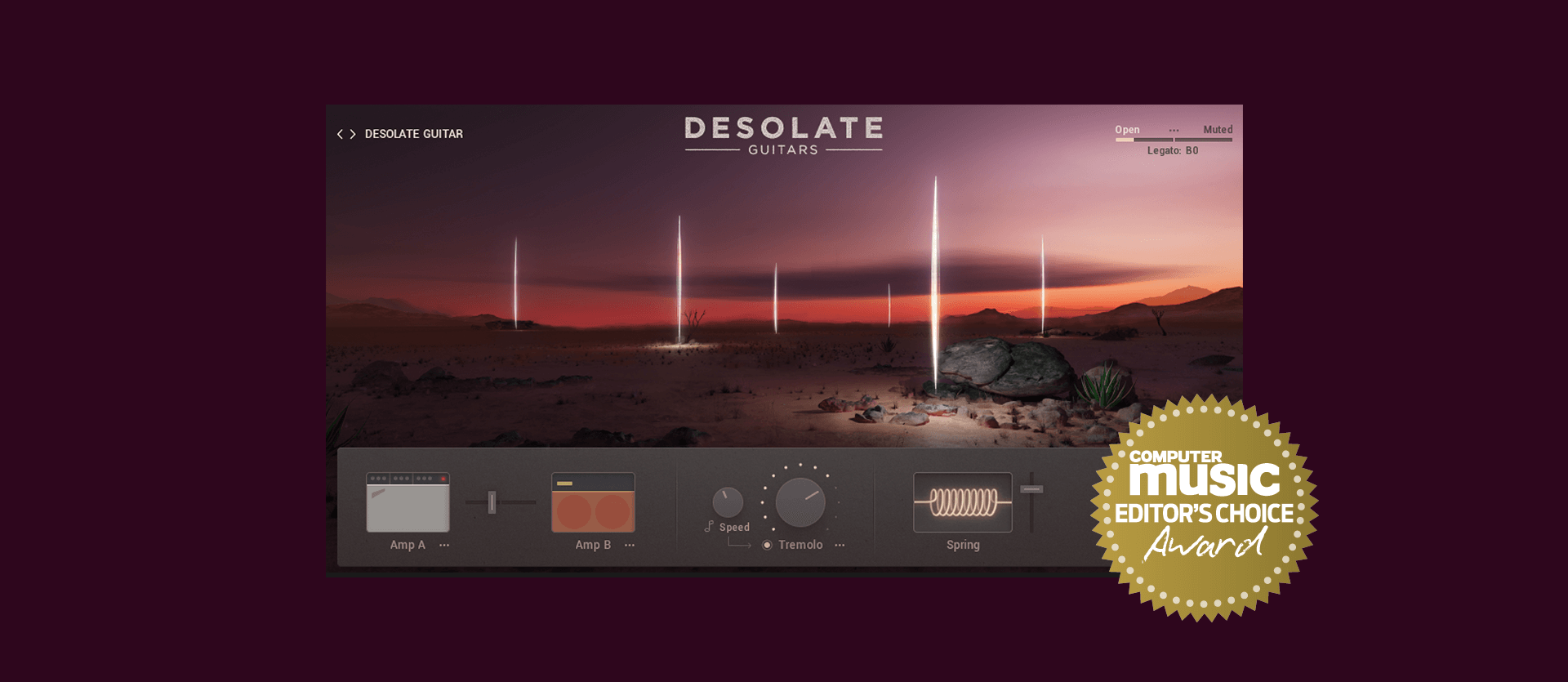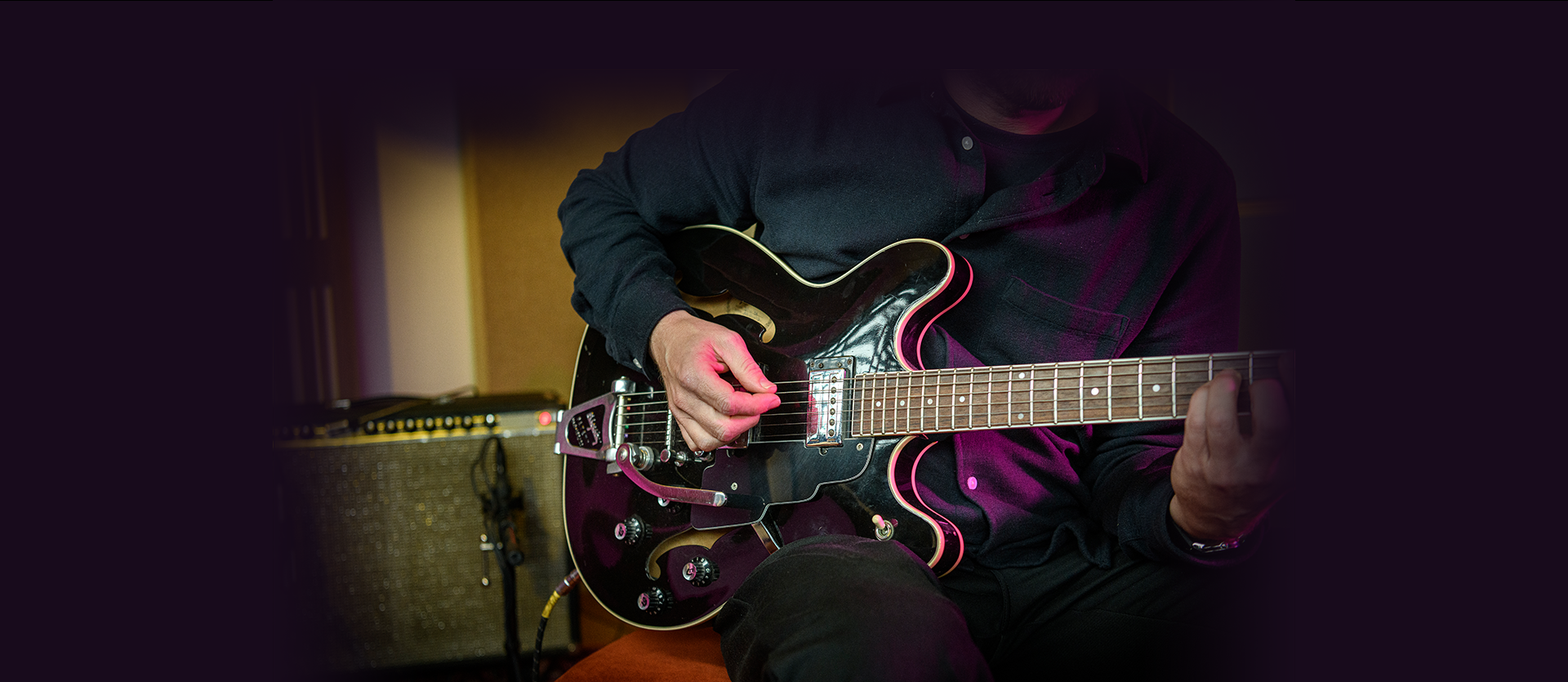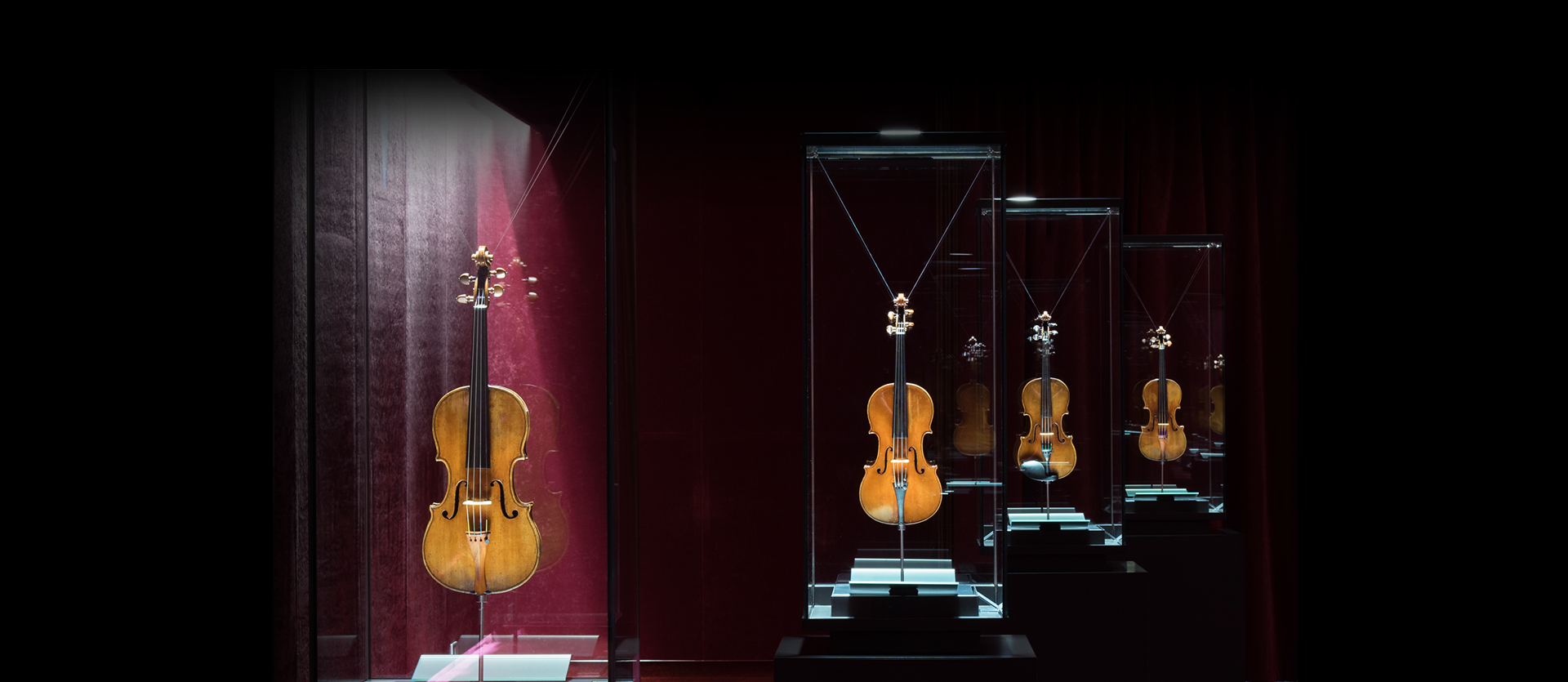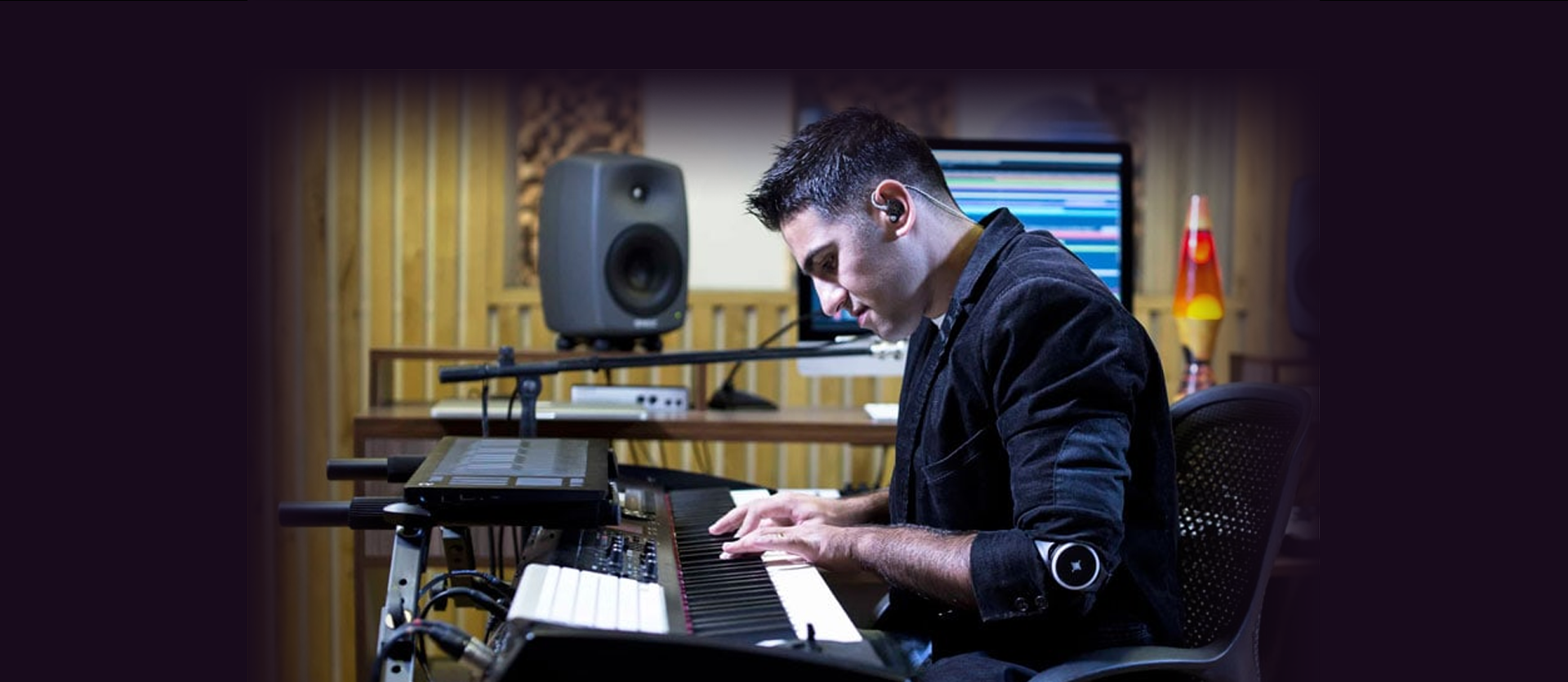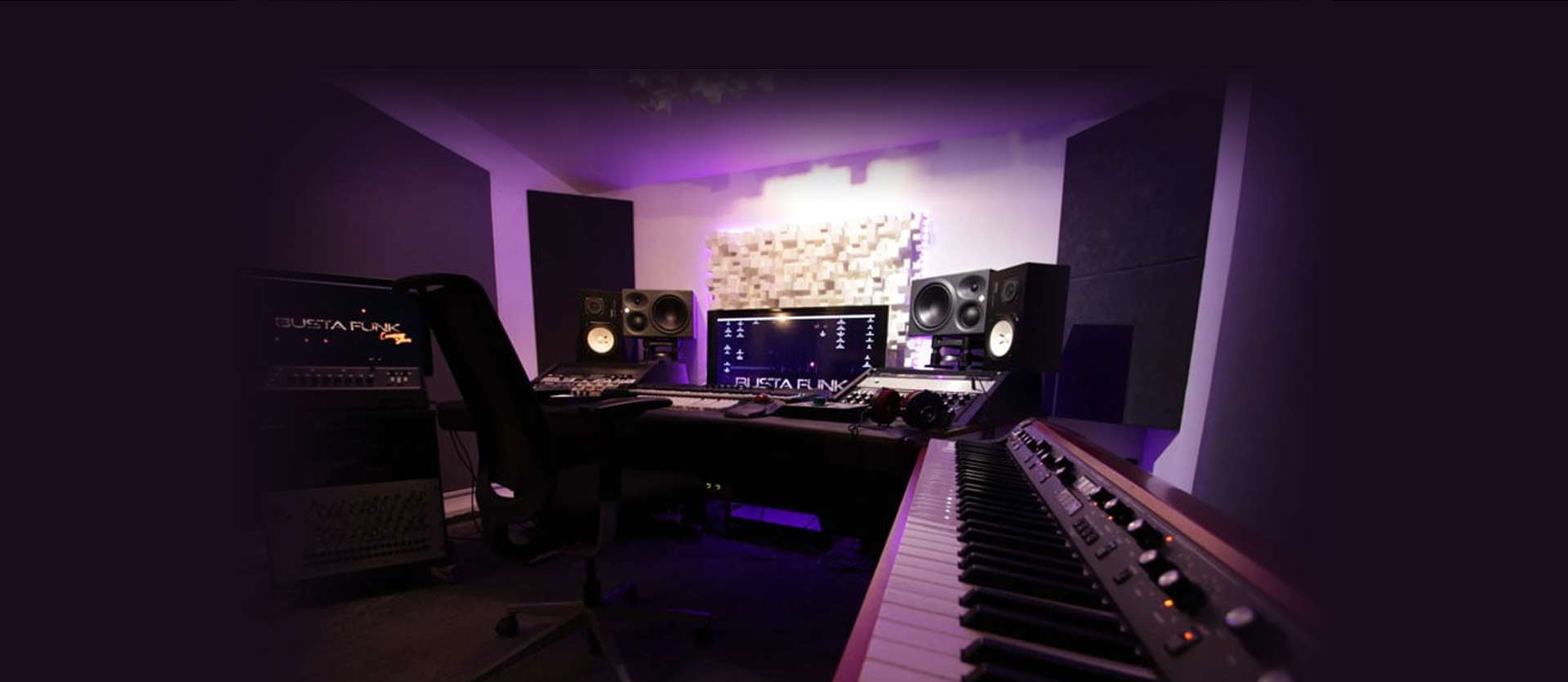Crafting The Sound: The Journey Behind Desolate Guitars – Part 1 Seton Daunt
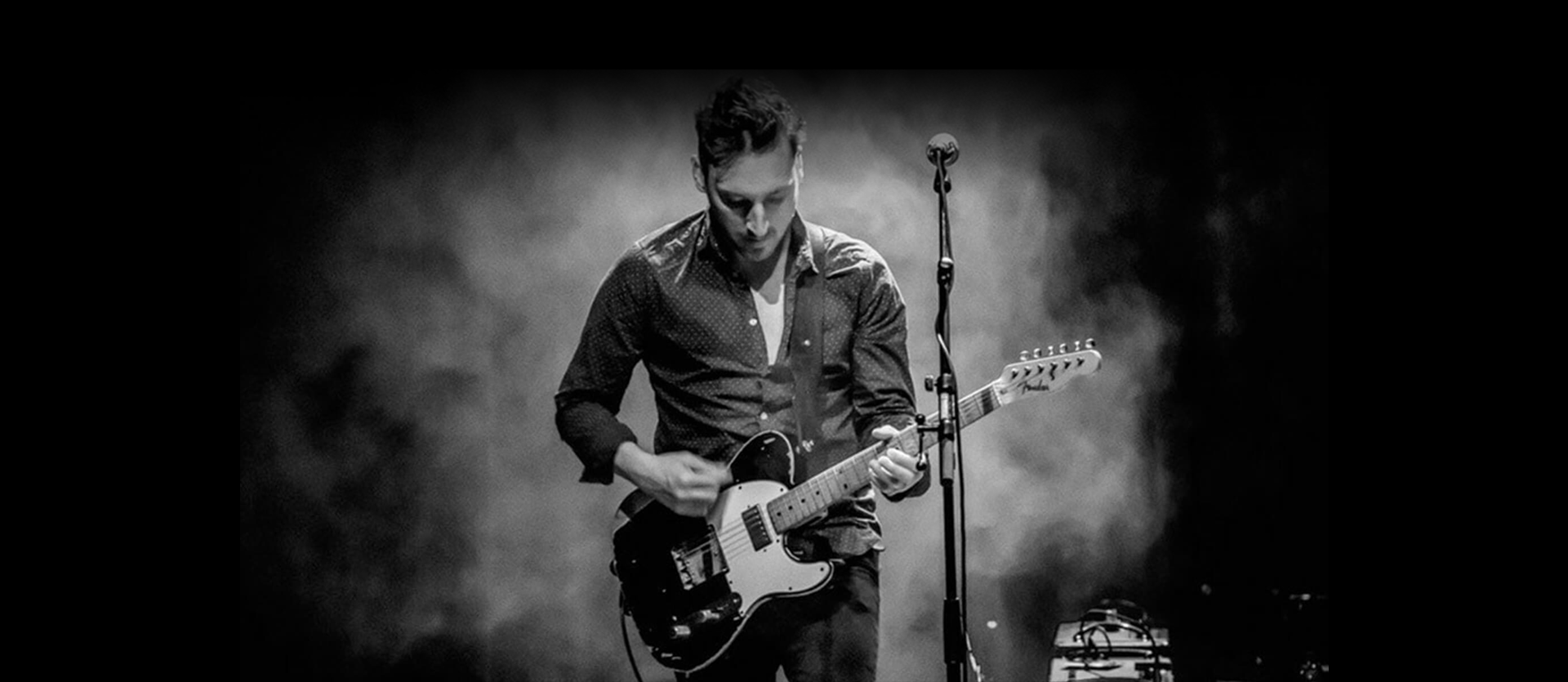
Recognizing a void in the realm of realistic guitar instruments, Seton Daunt envisioned a sampler instrument that encapsulated a very realistic representation of a specific style of guitar tone that he could use when away from the studio, or on the road. e-instruments' Lars Dahlke, also a pro guitarist and Sound/Product Designer at e-instruments quickly found synergy in their shared tastes, and the team began to work on bringing the concept to life. In this two-part interview. Hear what Seton had to say about how that vision became a reality.
Photography: Robin Looy
What inspired the initial idea behind Desolate Guitars?
This style of guitar playing has always been close to my heart. I love the evocative nature of a simple twang that we often hear in David Lynch films. I’ve done a lot of guitar recording over the years and this style always works in productions as it creates space. That was the starting point really. Everything after that came in the same way you would layer up a production. Splanged chords, picked guitars, baritones, and atmospheres are all go-to tools in those situations and I really wanted that to be captured in the instrument. I thought there was a large gap in the market as so often guitar sample libraries seem to cover rock, funk and metal mostly. I wanted to do something that offered writers and producers of any genre instantly great-sounding guitars that would sit in a mix without having to do much tweaking if any.
Can you share the dynamics of your collaboration with the team on Desolate Guitars?
I was introduced to Iain Horrocks who heads up their marketing department through a mutual friend who’s a drummer and I presented the bones of the idea to him. It seemed to resonate well and it also seemed to align with Lars who shared a similar love of this kind of sound. Together we brainstormed what were the most important guitars to record and also what the instrument should look like in its entirety. It was really important for all of us to cover both the traditional guitar parts alongside multiple textural samples that could be used in an evocative way. We explored, loops, feedback, reverbs, swells to a great degree and I’m really happy with where we ended up. There was also a very mutual focus on the interface being as simple as possible. We all wanted the guitars to sound excellent right out of the box, which led to the decision to make Rupert Neve Designs the choice of hardware for recording across the board. Thomas Koritke (e-Instruments CEO), has a great engineering background and his skill in capturing the guitars really shines through on the final recording and editing of the guitars.
How did your background as a pro guitarist and producer influence the development of the product?
My experience in the studio over the years has always taught me that less is more. It’s better to play one single note that sounds amazing than try to overplay all over a track. That sentiment is at the core of this instrument. It’s designed to support songs and productions in a way that is simple, effective, and cool.
What aspects of the creative process did you find most rewarding in bringing Desolate Guitars to life?
Seeing the interface reflect our ideas was really rewarding, but overall the most rewarding part of the process is the finished sound. It’s indistinguishable from a real guitar take.
Were there specific sonic characteristics you aimed to capture in the collection?
We wanted the reverb and tremolo sounds to be as genuine as the amp sounds and I think the team pulled this off. The reverbs are genuine and the tremolos include all the inconsistencies and oddities that make a real tremolo so seductive.
How did you choose the four classic guitars featured in Desolate Guitars?
All four offer very different characteristics that suit this aesthetic. The choices were all aesthetic-driven to be in line with our influences.
What influenced the decision to include two iconic amps and a real spring reverb?
I have used this combination for the last 20 years and it has always covered all the different sides of tone that I’m trying to achieve. I adore the classic American clean but it can sometimes lack dirt. The same is true of the British amp but in reverse. That amp can often have a wonderful amount of grunt and chime but misses that super clean edge. The blend together is the best of both worlds and sits beautifully in a mix.
Do you have favorite articulations or sounds within Desolate Guitars that you find particularly expressive or unique?
I’m really happy with all the articulations. My go-to is the Desolate Guitar as that was the core of it all for me, followed by the Baritone. I love the feedback swells and fuzz swells too!
Could you elaborate on the decision to replicate studio perfection, including the choice of microphones and recording equipment?
Again this mic combination is the one I’m most familiar with and that I think works extremely well with the kind of speakers in these amps. The 57 gives you all the forward punch that you need and is fairly unsubtle. The Royere 121 is the opposite, it’s smooth and soft and has a really large spectrum, when combined they just sound to me like a really well-produced guitar sound with barely any EQ.
How did these choices contribute to the overall quality of the product?
These choices in some ways were up there with the most important as the production value was a massive priority to all of us.
How was playability prioritized in the development of Desolate Guitars?
We wanted this to be as simple as possible. There is generally a pretty negative opinion among producers and writers of key switches, so for the most part, it was agreed pretty early that they would not be a dominant feature. The e-instruments team came up with all of the mod wheel options, which I think was a brilliant idea. It’s simple and extremely playable and you don’t feel like you ever have to look it up in a manual. All of this fed into the goal of simplicity and minimum tweaking.
How do you envision musicians utilizing these sounds in their productions and what final thoughts or messages would you like to share with musicians and enthusiasts eager to explore Desolate Guitars?
I hope that any creative will love the sound of Desolate Guitars and immediately be inspired to compose new music whether it be in a film score, Indie, Hip Hop, or Pop. That’s the dream. And that other musicians and producers will find this instrument as helpful and as great sounding as I do. If you want to produce timeless-sounding guitars straight out of the box this is for you.
